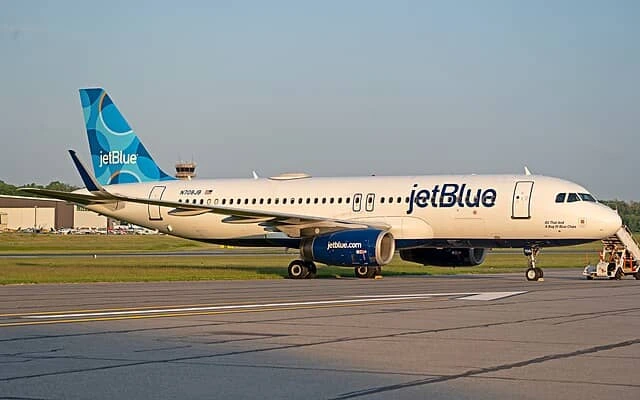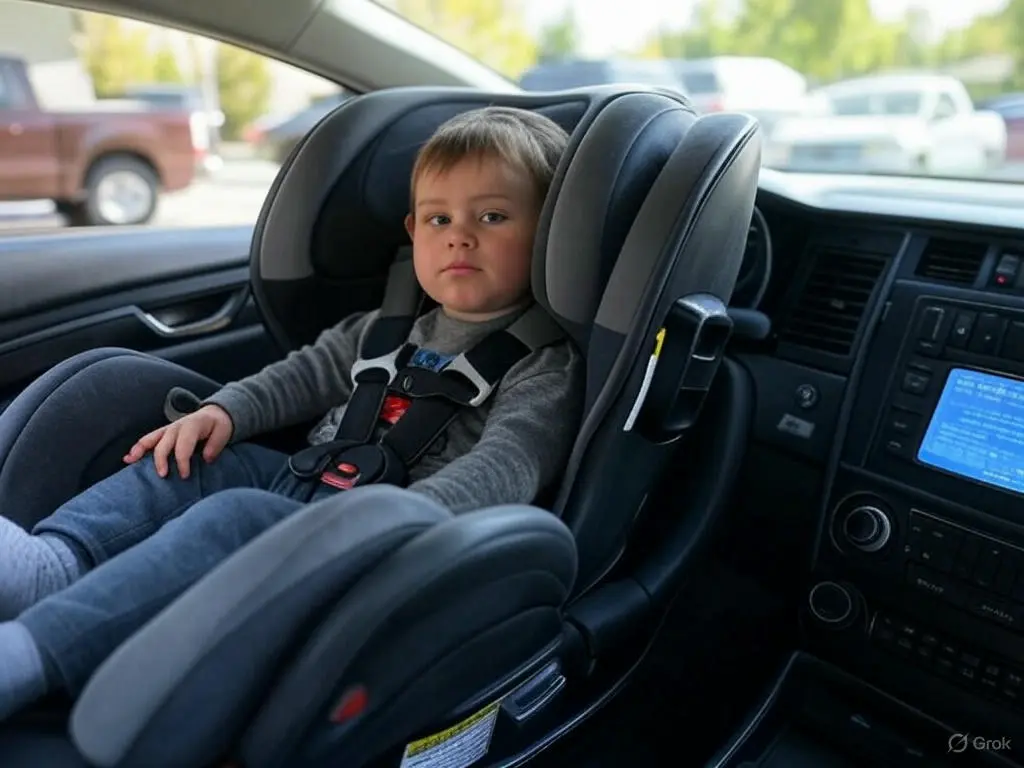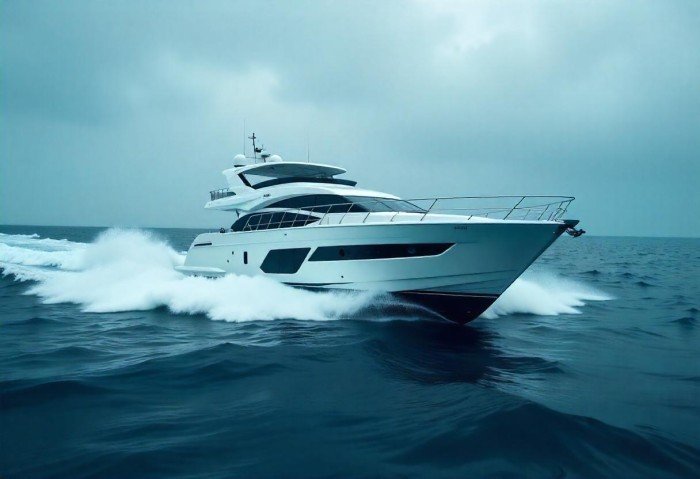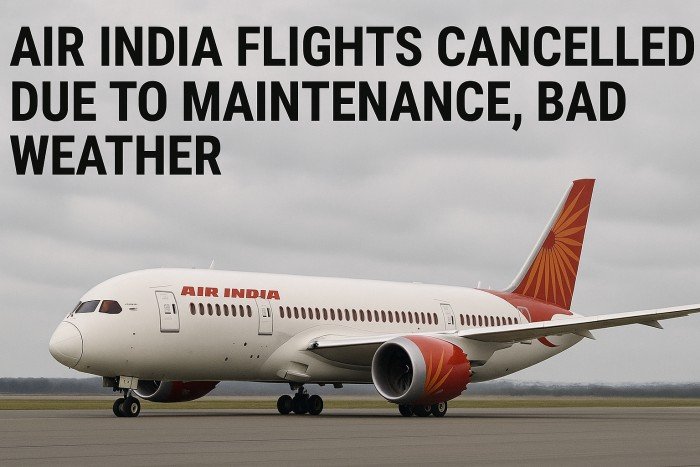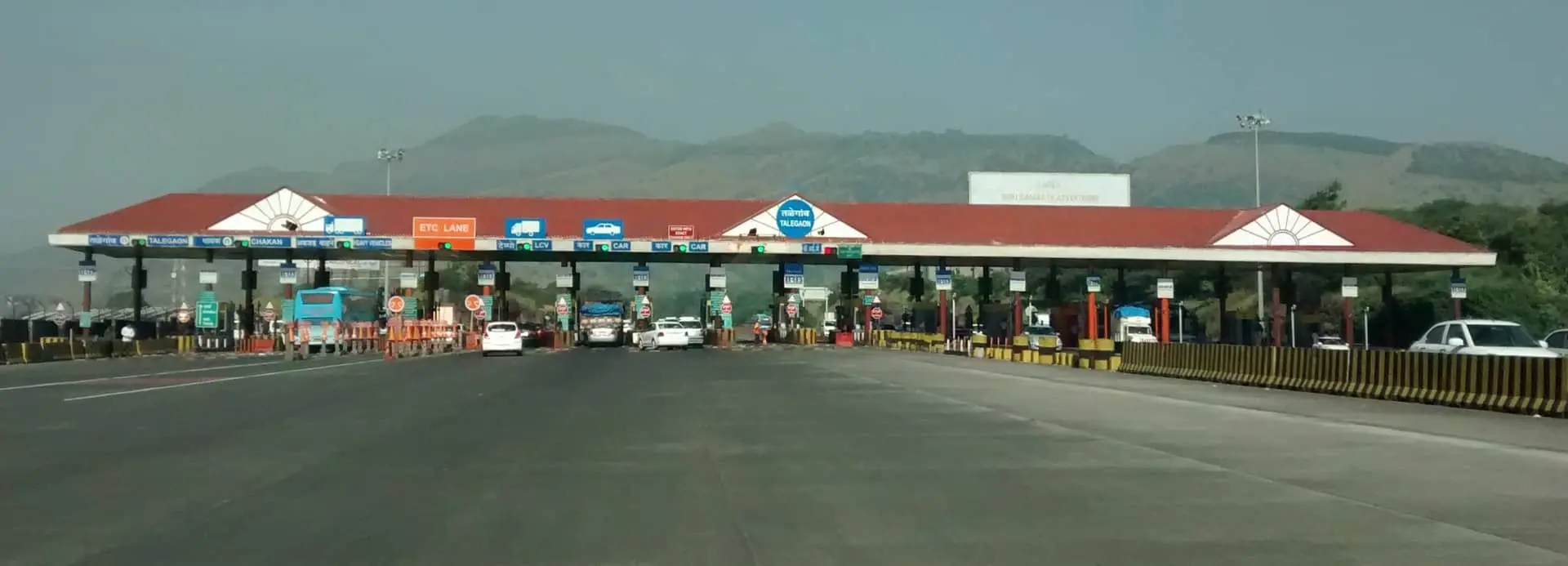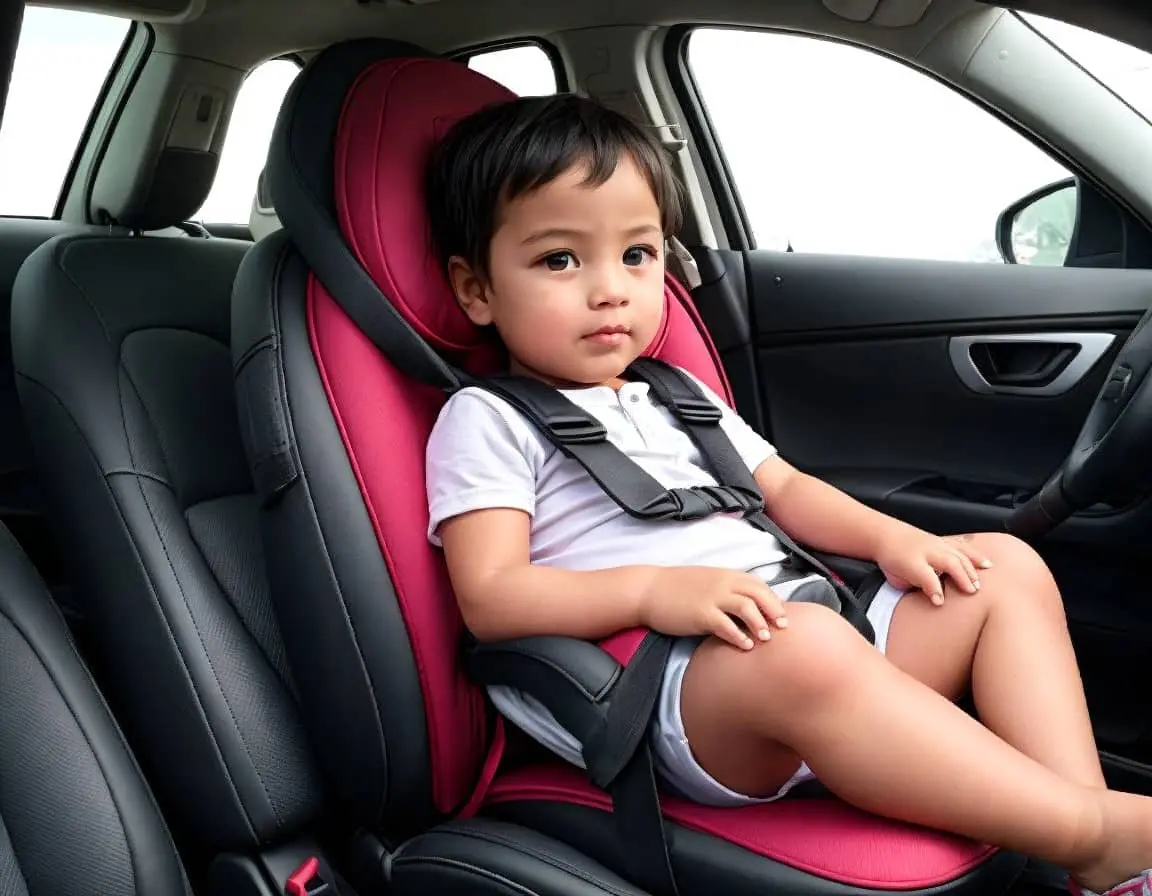Keeping Your Kids Safe on the Road: A Guide to Child Seat Rules in Australia
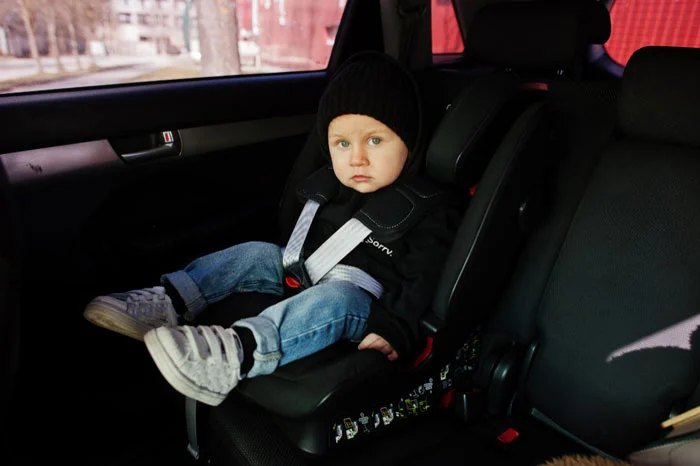
Australia prioritizes child safety, and this extends to car travel. Ensuring your child is properly restrained in the right seat is vital for their protection, safeguarding them against potential injuries or accidents.
Here’s a breakdown of the key child seat rules in Australia, designed to provide clarity and ensure every journey is as safe as possible for our young passengers.
Age and Seat Requirements
- Under 6 months: Rearward-facing child restraint is mandatory.
- 6 months to 4 years: Either a rearward-facing or forward-facing child restraint with an inbuilt harness is suitable.
- 4 to 7 years: Forward-facing child seat or booster seat with a properly fastened lap and sash seatbelt or child safety harness.
- 7 to 16 years: Booster seat with a seatbelt or a properly fastened seatbelt alone.
Minimum Height for Seatbelt Use
- Children aged 7 years and over who are too small to use a seatbelt should use an approved booster seat or an anchored safety harness.
- The suggested minimum height for using an adult lap-sash seatbelt is 145cm or taller
Proper Installation
- Child car seats must be correctly fitted according to the manufacturer’s instructions.
- It’s recommended to have child car seats fitted by an authorized restraint fitter or at an authorized restraint fitting station.
Booster Seats
- Booster seats must be used with either a standard lap-and-sash type seatbelt or an approved child safety harness.
- Never use a booster seat with a lap seatbelt alone.
- Booster seats heavier than 2kg must be anchored to an anchorage point.
Front Seat Restrictions
- Children aged under 4 years must not sit in the front seat of a vehicle with 2 or more rows of seats.
- If the vehicle has only one row of seats, children can sit in the front seat but must use an approved child car seat suitable for their age and size.
- Children aged between 4 and 7 years must not sit in the front seat of a vehicle with two or more rows of seats unless the back row is occupied by other children aged under 7 years.
Suggested Read- Child Seat Rules In Germany: Ensuring Safety For Young Passengers
Additional Important Points
- Always choose a child restraint that meets the Australian/New Zealand Standard AS/NZS 1754. Look for the compliance label.
- Children under 7 years old cannot travel in the front seat if the vehicle has two or more rows of seats (except in specific circumstances).
- Ensure a snug fit: The harness should be comfortably tight and the child shouldn’t be able to slip out.
- Never use an expired or damaged child restraint.
Exemptions
- Traveling in a Tow Truck:
- After a crash or vehicle breakdown, a child aged under 12 months can travel in a tow truck.
- If a suitable child car seat is not available, they can sit on the lap of another passenger
Taxis and Ridesharing
- Rules vary by state. In New South Wales, children under 12 months must use a child restraint in a taxi. Check the specific regulations for your state.
- Victoria recommends using a child restraint in rideshare services like Uber or Lyft.
Remember: These are the minimum requirements. It’s always best to keep your child rearward-facing for as long as possible (ideally until they reach the maximum height or weight limit of their rearward-facing seat).


